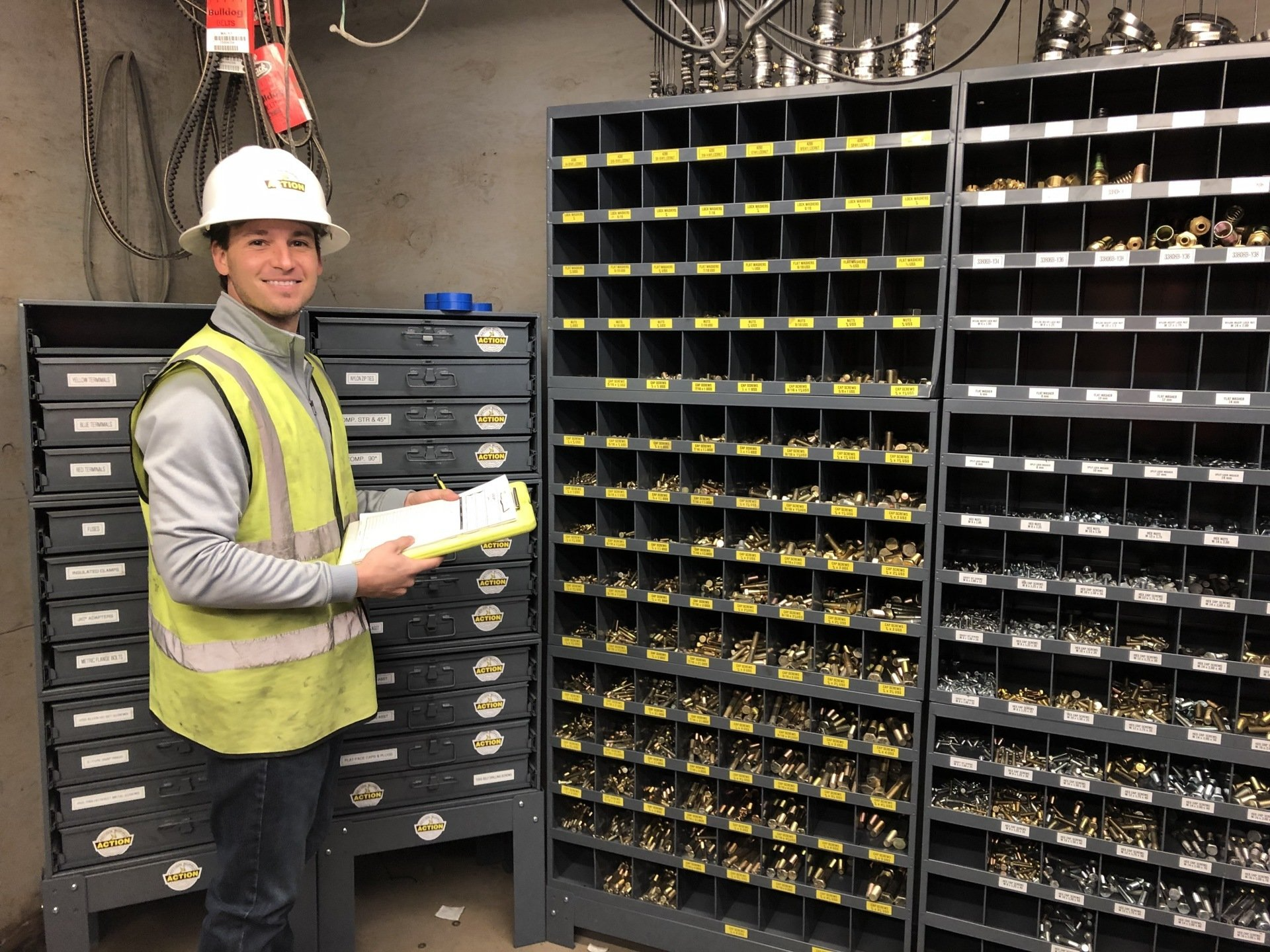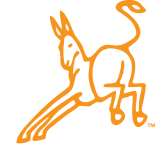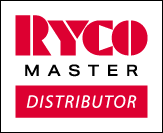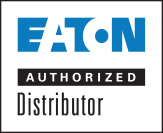How Do You Clean Hydraulic Hose Assemblies?
Hydraulic systems are an essential part of many industries, from construction and mining to manufacturing and transportation. These systems rely on the proper flow of clean and uncontaminated fluid to function effectively.
Why Is it Critical to Keep Hydraulic Hose Assemblies Clean?
A dirty or contaminated hose assembly can lead to equipment failure, decreased productivity, and even safety hazards for personnel. These risks include but are not limited to
● Corrosion. This can cause leaks, clogs, or other types of damage that can lead to system failure.
● Reduced Efficiency. Contaminants can clog or restrict the flow of fluid, reducing the efficiency of the system. This can result in increased energy consumption, decreased productivity, and increased wear and tear on system components.
● Component Damage. Contaminants can also cause damage to system components such as valves, pumps, and cylinders. Over time, this damage can lead to the need for expensive repairs or replacements.
● Safety Hazards. Contaminants can also create safety hazards for personnel operating the hydraulic system. For example, if the hydraulic fluid becomes contaminated with a combustible substance, it can pose a fire hazard.
To keep these systems running smoothly and efficiently, it's important to properly clean the inner lining of hydraulic hose assemblies. This includes brand-new hoses before they are installed into the system.
Three Common Methods to Clean Inner Hose Linings
There are three common cleaning methods for hydraulic hose assemblies: air, fluid flushing, and projectiles. Each one has its uses and disadvantages, depending on the contamination level.
● Air cleaning involves using compressed air to blow out any debris or contaminants from the inside of the hose assembly. It is effective for removing loose debris, dust, or other particles that may be present inside the hose assembly. It can be fast and cost-effective, but it is not effective for removing heavy or stubborn contaminants that may be present.
● Fluid flushing involves pumping a cleaning fluid through the hose assembly to remove any contaminants that may be present inside the hose. This method is often used when the hose assembly has been exposed to particularly dirty or contaminated hydraulic fluid. Fluid flushing requires a specialized flushing rig or a system that can provide the necessary flow and pressure to flush out the contaminants.
● In Projectile cleaning, a foam pellet or sponge is inserted into the hose assembly and then propelled through the hose using compressed air or fluid pressure. As the projectile moves through the hose, it scrubs the inner surface of the hose and removes any contaminants that may be present. This method is very effective for a variety of hoses, but it can be time-consuming and require specialized equipment.
When choosing a cleaning method for hydraulic hose assemblies, it's important to consider the degree of contamination, the type of hose material, and any safety concerns. It's also important to use appropriate personal protective equipment (PPE) and safety measures when performing cleaning procedures.
Get Your Hose Assemblies Done Right with Action Supply
Action Supply offers custom on-site hose assembly with the proper cleaning done on the spot. Contact us today for a free consultation on your hydraulic hose assembly needs today.





